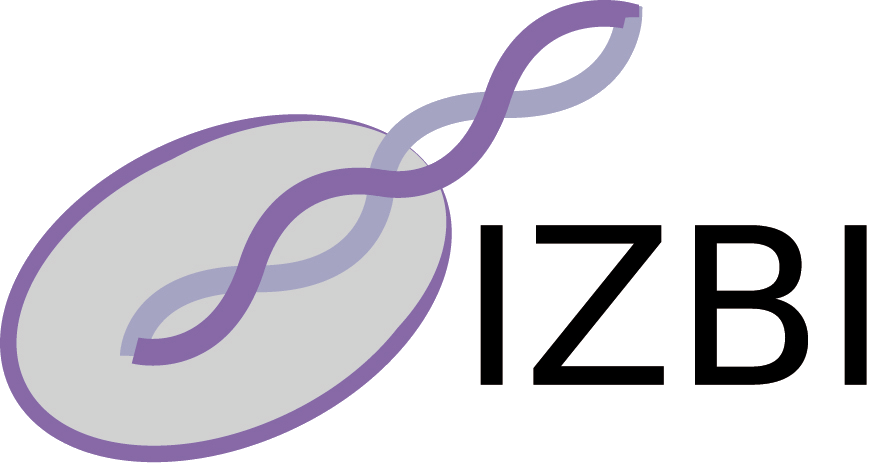Publications - Published papers
Please find below publications of our group. Currently, we list 565 papers. Some of the publications are in collaboration with the group of Sonja Prohaska and are also listed in the publication list for her individual group. Access to published papers ( ) is restricted to our local network and chosen collaborators.
If you have problems accessing electronic information, please let us know:
) is restricted to our local network and chosen collaborators.
If you have problems accessing electronic information, please let us know:
 ) is restricted to our local network and chosen collaborators.
If you have problems accessing electronic information, please let us know:
) is restricted to our local network and chosen collaborators.
If you have problems accessing electronic information, please let us know:©NOTICE: All papers are copyrighted by the authors; If you would like to use all or a portion of any paper, please contact the author.
Patterning the insect eye: from stochastic to deterministic mechanisms
Ebadi, Haleh and Perry, Michael and Short, Keith and Klemm, Konstantin and Desplan, Claude and Stadler, Peter F. and Mehta, Anita
Download
Status: Published
PLoS Comp. Biol. 14: e1006363
Abstract
While most processes in biology are highly deterministic, stochastic mechanisms are sometimes used to increase cellular diversity. In human and Drosophila eyes, photoreceptors sensitive to different wavelengths of light are distributed in stochastic patterns, and one such patterning system has been analyzed in detail in the Drosophila retina. Interestingly, some species in the dipteran family Dolichopodidae (the “long legged” flies, or “Doli”) instead exhibit highly orderly deterministic eye patterns. In these species, alternating columns of ommatidia (unit eyes) produce corneal lenses of different colors. Occasional perturbations in some individuals disrupt the regular columns in a way that suggests that patterning occurs via a posterior-to-anterior signaling relay during development, and that specification follows a local, cellular-automaton-like rule. We hypothesize that the regulatory mechanisms that pattern the eye are largely conserved among flies and that the difference between unordered Drosophila and ordered dolichopodid eyes can be explained in terms of relative strengths of signaling interactions rather than a rewiring of the regulatory network itself. We present a simple stochastic model that is capable of explaining both the stochastic Drosophila eye and the striped pattern of Dolichopodidae eyes and thereby characterize the least number of underlying developmental rules necessary to produce both stochastic and deterministic patterns. We show that only small changes to model parameters are needed to also reproduce intermediate, semi-random patterns observed in another Doli species, and quantification of ommatidial distributions in these eyes suggests that their patterning follows similar rules.















